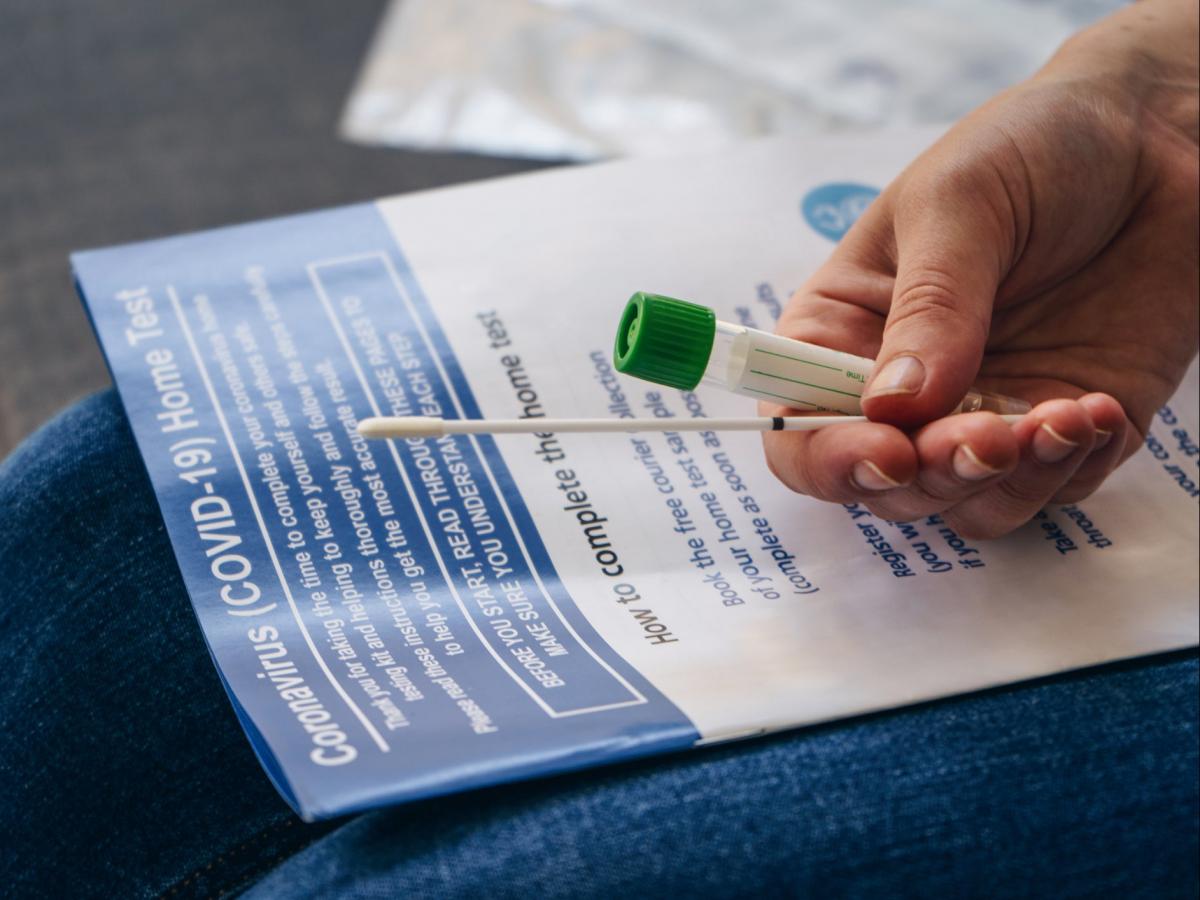The combination of colder weather, more indoor living, and widespread exhaustion with preventive measures such as masks and social distancing is fueling an explosive third wave of the virus. Infections, hospitalizations, and deaths are rising very rapidly across the U.S. So far, however, the Eastern Shore is a pretty safe place to be. Compared to North Dakota’s incidence of 171 cases per 100,000 people (highest in the U.S.), Maryland overall has just 24 cases/100k as of November 14. The Mid-Shore counties were lower still: Queen Anne 16.7; Kent 11; Caroline 10.3; Talbot 8.1 (all per 100k of population). Because populations are small, these numbers don’t translate into lots of cases: Kent, for example, is seeing about 2 new cases a day.
Still, things are likely to get considerably worse nationally over the next several months, if medical experts like Dr. Fauci are right. Numbers of new infections are rising even on the Eastern Shore. And vaccines won’t be available for most people until sometime next spring or summer, because health workers and first responders and possibly nursing home residents or other extremely vulnerable people are likely to have first priority. So the pandemic will likely get much worse before it gets better. To complicate matters, it’s also flu season, with overlapping symptoms making it initially hard to know what a fever or congested breathing really mean. As a result, gathering the family for Thanksgiving or Christmas holidays or New Year’s celebrations comes with higher risks—especially if some of those gathering come from places with higher Covid prevalence.
The good news is that testing is both more available and, soon, more convenient—even something you can do yourself at home, quickly and privately, like a pregnancy test. There are several kinds of tests, which differ in what they measure, accuracy, speed of results, and costs. So let’s sort them out and clarify the technical terms:
- PCR test, which stands for polymerase chain reaction, is the gold standard for covid testing. It make millions of copies of any virus genetic material found in a test sample (usually collected with a nasal swab), allowing it to be sequenced and identified. The testing process, however, requires sophisticated laboratory equipment and usually takes several days for the sample to be sent to a lab and analyzed. It’s not cheap if you have to pay for it yourself.
- Antibody tests, which are blood proteins generated by your body’s immune system to defend against a virus infection. However, it usually takes several weeks after infection for detectable levels of covid antibodies to show up in your blood, so while this test can confirm that you were infected, it’s not useful to detect a live infection, especially early on when a person is most likely to spread the disease to another.
- Antigen tests, which detect a viral particle or other foreign agent that can stimulate an immune response. These tests are inexpensive, can be analyzed very rapidly, and do not require complex laboratory equipment, but they have lower accuracy than PCR tests. Nonetheless, they are especially useful in the early days of an infection, and for testing people who are infected but have no symptoms.
Several companies including major laboratory chains like Quest will send you a sample collection kit for a PCR test, which you collect at home and mail to the laboratory for testing; but it takes several days and may not be covered by insurance. Public health agencies also offer PCR tests. More convenient are rapid Antigen tests that give answers in about 15 minutes being manufactured by major companies such as Abbott and Roche. Antigen test kits for use at home by smaller companies such as Cellex and Orasure are still in process of being certified by the U.S. Food and Drug Administration; they will give you an immediate result and promise to be inexpensive. In principle, family members gathering for a holiday or business colleagues that wanted a face-to-face meeting could pre-test themselves, providing an additional layer of safety. These are also useful for healthcare workers, or for student populations, that need to be tested frequently.
But tests aside, the core measures to protect yourself and your loved ones remain the behavioral safety measures: wear masks, avoid crowded indoor situations, wash your hands.
Al Hammond was trained as a scientist (Stanford, Harvard) but became a distinguished science journalist, reporting for Science (a leading scientific journal) and many other technical and popular magazines and on a daily radio program for CBS. He subsequently founded and served as editor-in-chief for 4 national science-related publications as well as editor-in-chief for the United Nation’s bi-annual environmental report. More recently, he has written, edited, or contributed to many national assessments of scientific research for federal science agencies. Dr. Hammond makes his home in Chestertown on Maryland’s Eastern Shore.



Write a Letter to the Editor on this Article
We encourage readers to offer their point of view on this article by submitting the following form. Editing is sometimes necessary and is done at the discretion of the editorial staff.